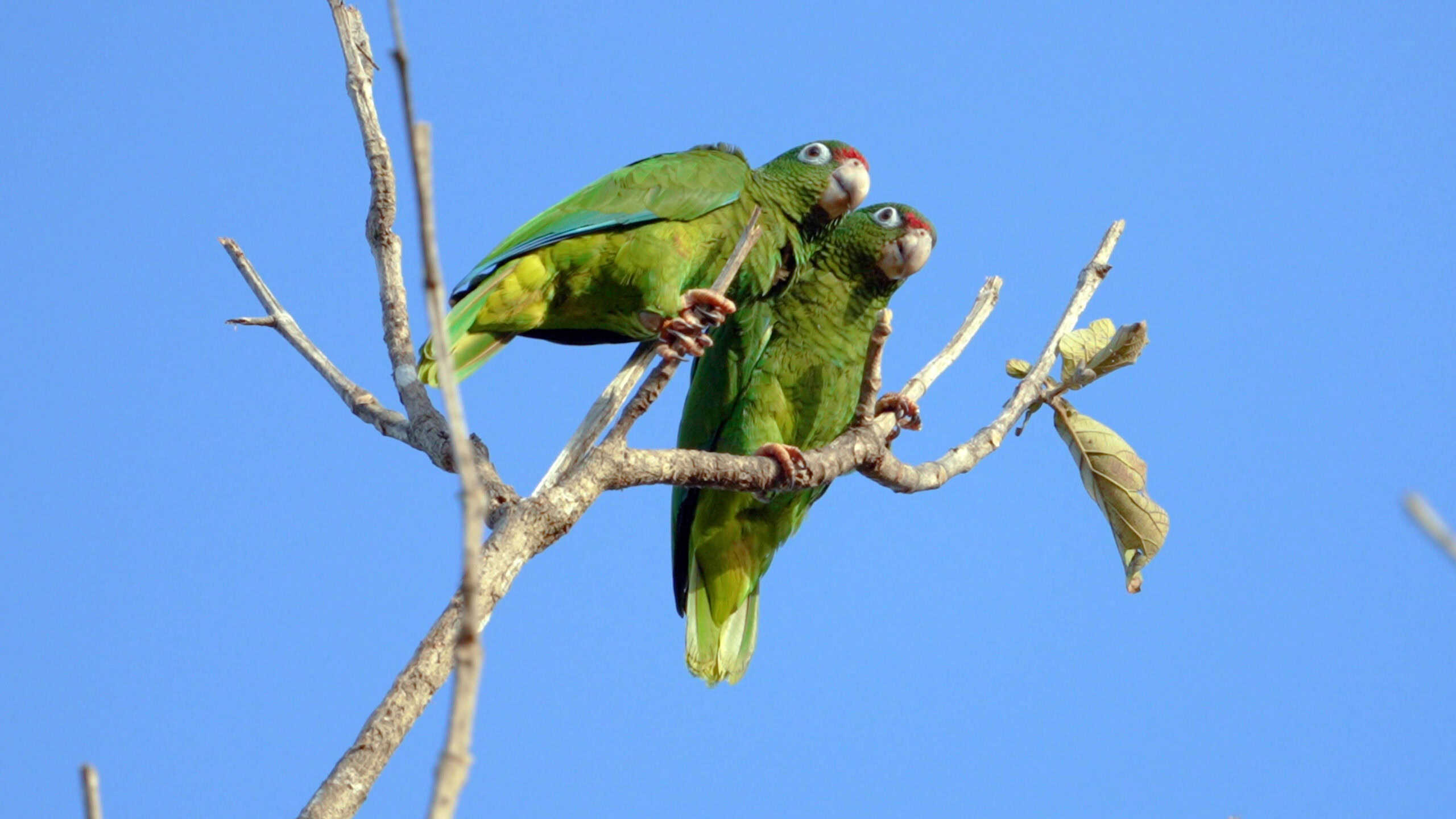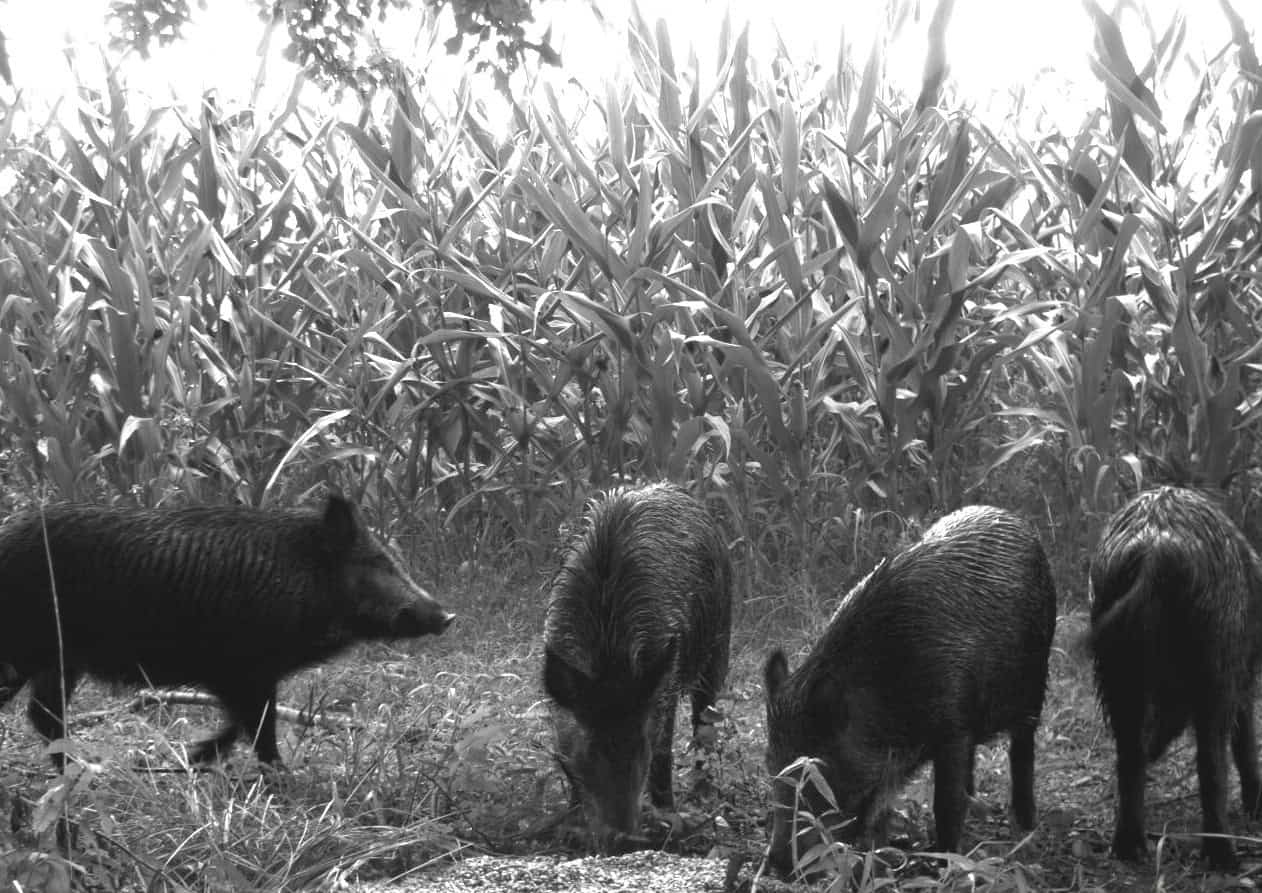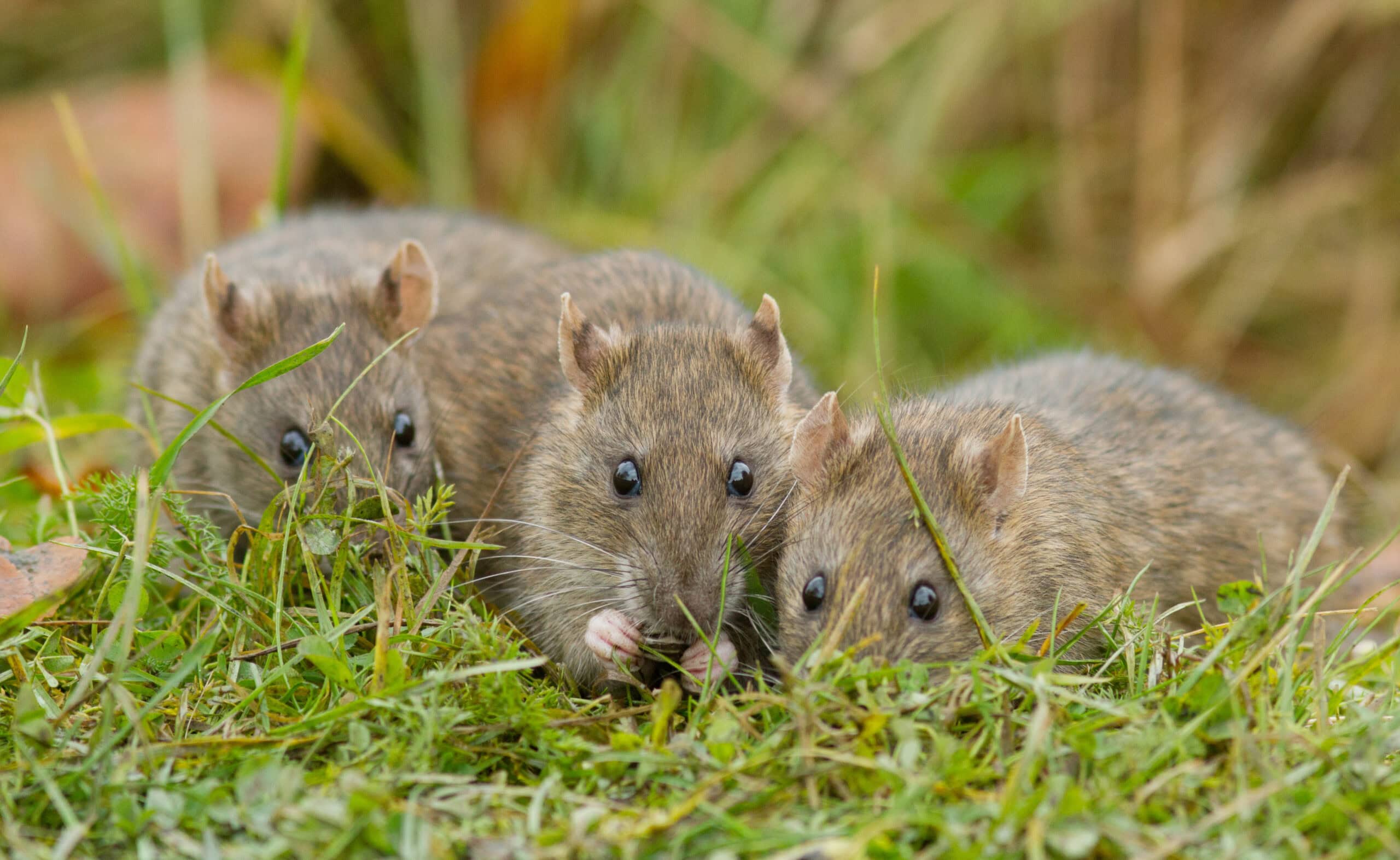Share this article
Wildlife Featured in this article
- Puerto Rican parrot
Natural disasters put some species at greater risk of extinction
For species already at risk, hurricanes and other hazards may add new perils
Humans aren’t the only ones at risk from natural disasters. Hurricanes, earthquakes, tsunamis and volcanoes can affect wildlife, too. For species already at risk of extinction, these natural disasters can add new perils.
In a recent study, researchers identified species particularly at risk from natural hazards as well as the management actions that could protect them.
“We’re not just losing one species,” said Fernando Gonçalves, a postdoctoral researcher at the Globe Institute at the University of Copenhagen. “We’re losing a multitude of ecosystem functions that these species provide.”
Gonçalves and fellow Globe Institute postdoctoral researcher Harith Farooq led a team of 26 authors from around the world for the study published in the Proceedings of the National Academy of Sciences.
“By overlapping the occurrence of four types of natural hazards with species that have limited distributions or occur in small numbers, we were able to identify which species may be more susceptible to these threats,” Farooq said.
The researchers discovered that 3,722 reptiles, amphibians, birds and mammals are at risk of extinction because they live in areas where hurricanes, earthquakes, tsunamis and volcanoes are most likely to occur. Most were found in the tropics, especially on islands. About half were considered at high risk of extinction due to these hazards.
These species include the Puerto Rican parrot (Amazona vittate), an endangered species found only on that island. At risk from human activities, hurricanes can place the parrot in even greater danger, but researchers say captive breeding and reintroduction efforts are helping the species persist.
The authors hope the study will spur efforts to protect these species and better understand the broader ecological impacts if they disappear.
Header Image: Puerto Rican parrot populations are at risk from both human activities and natural disasters. Credit: U.S. Forest Service/Preston Keres








